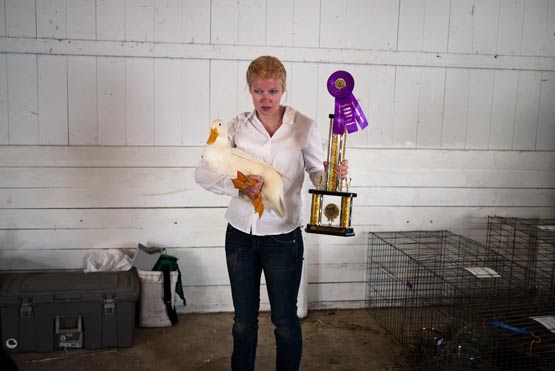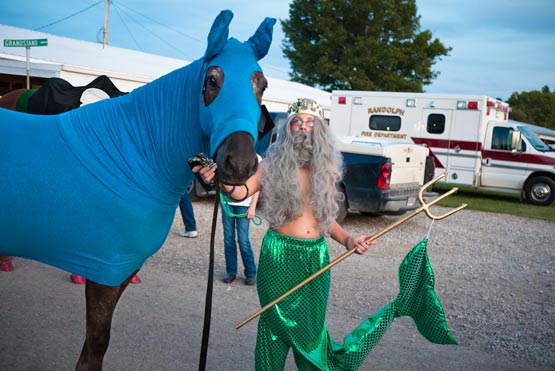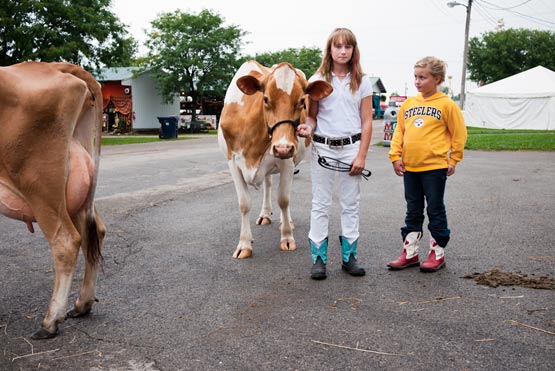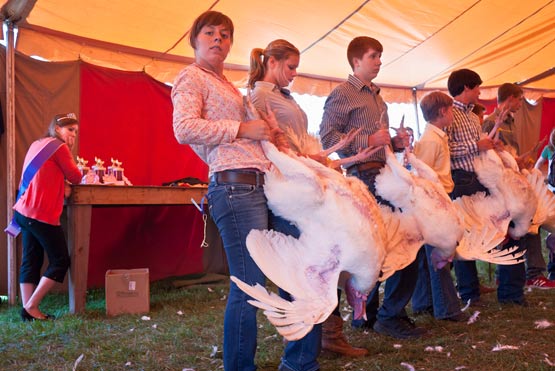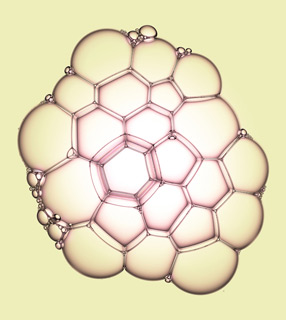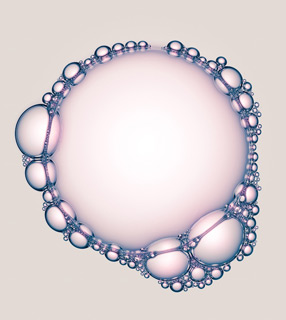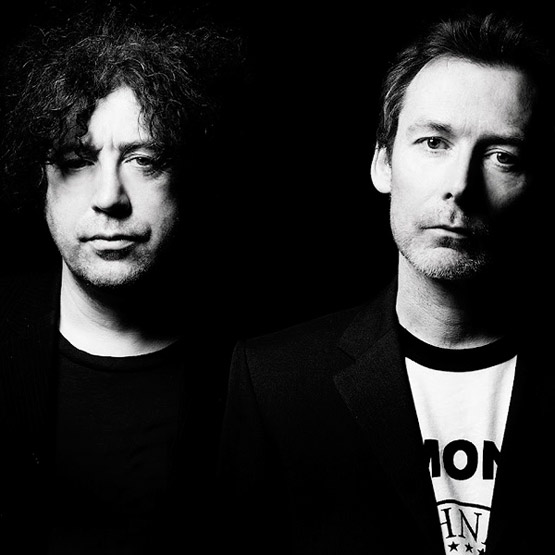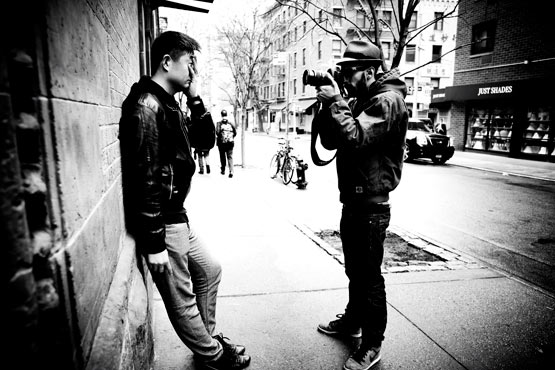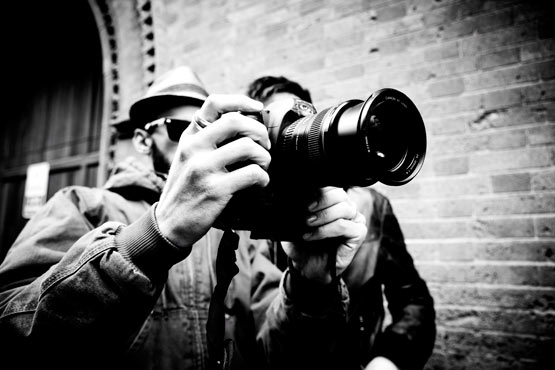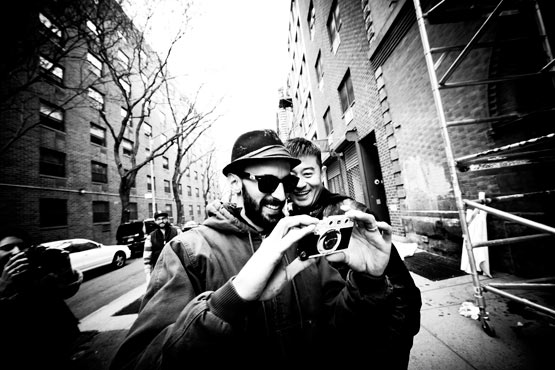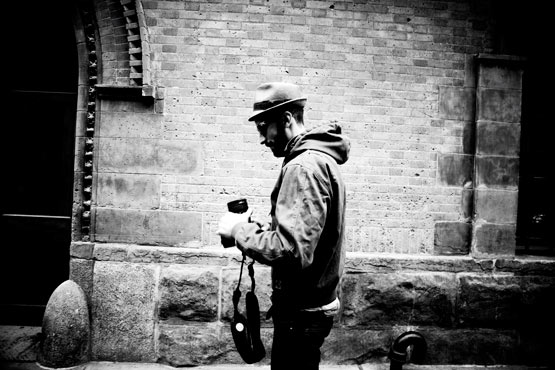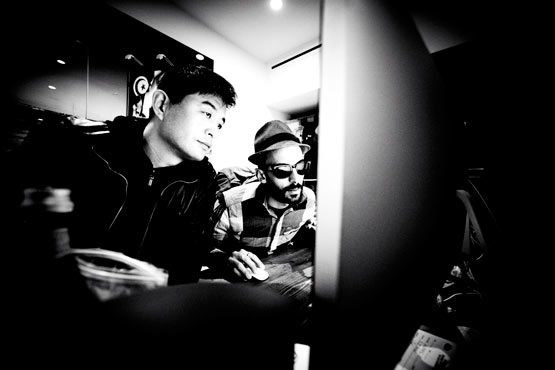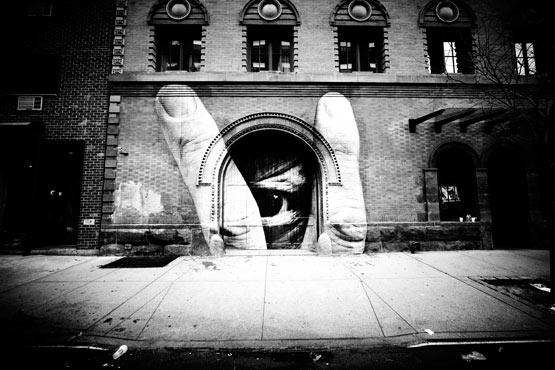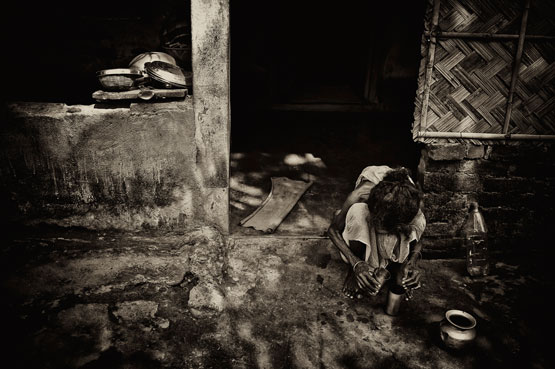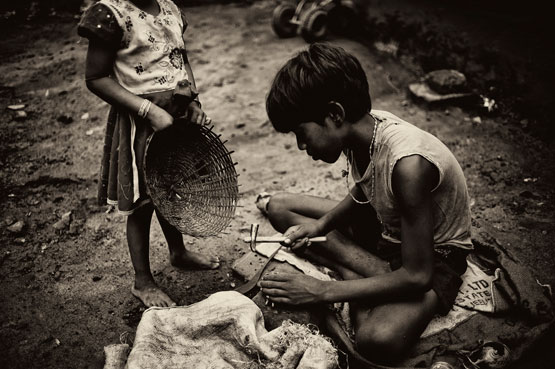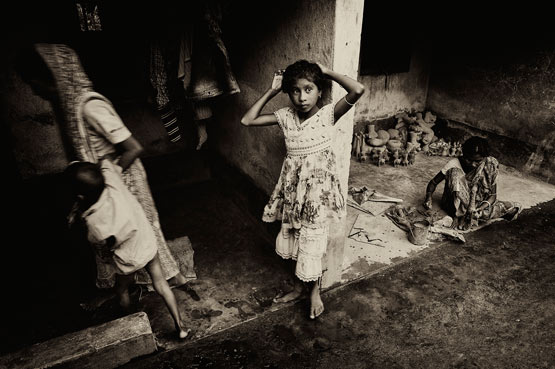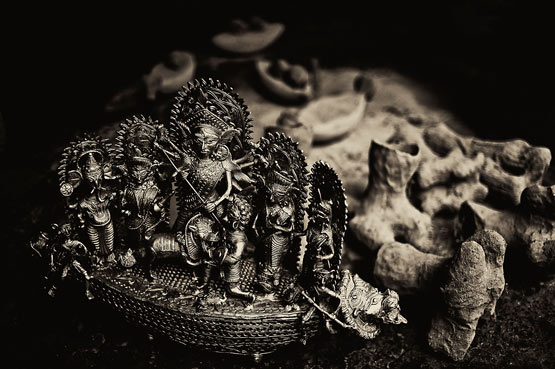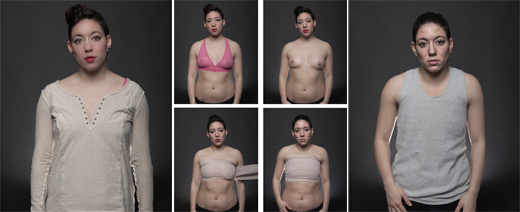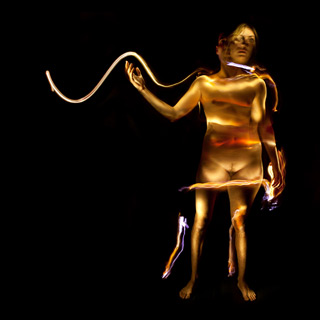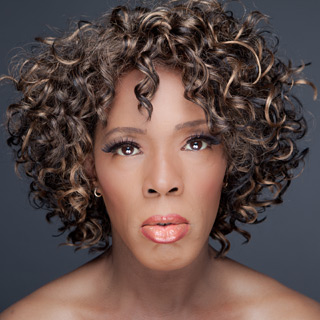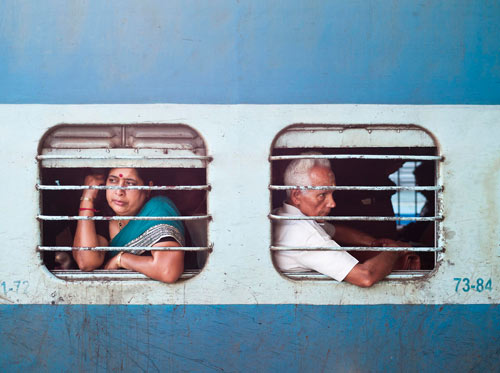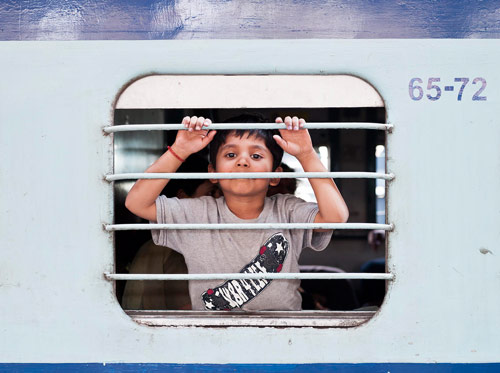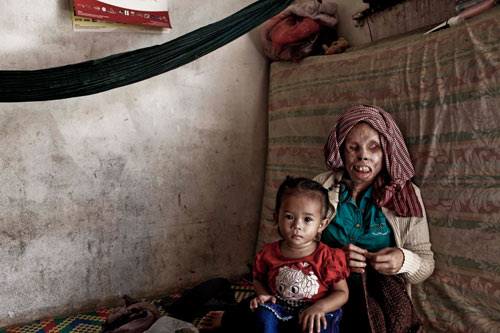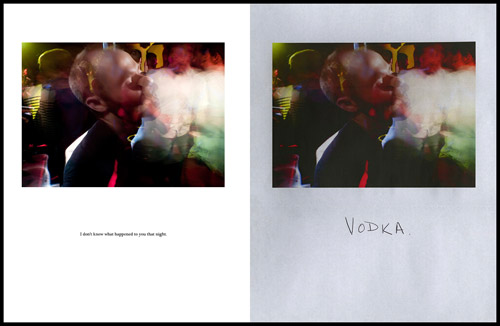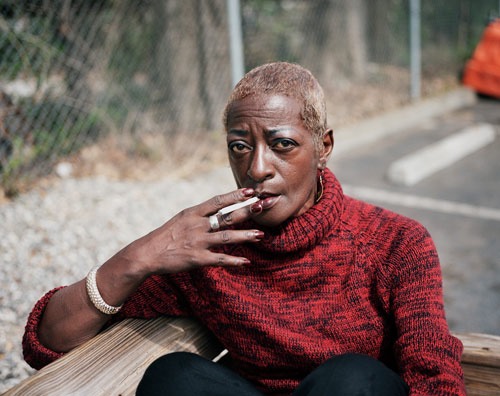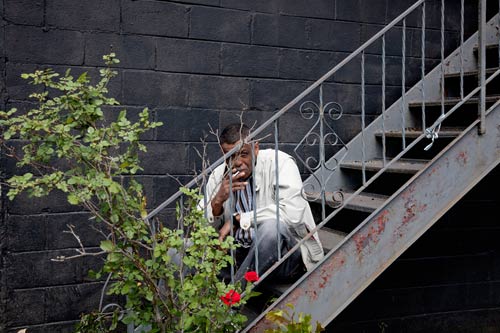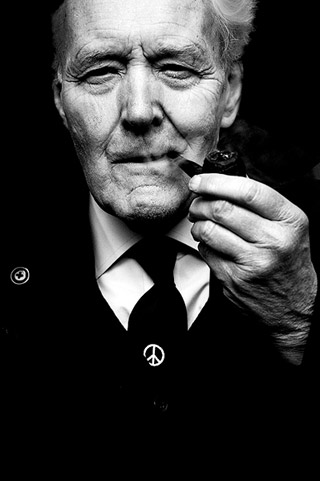
I was having a poke around
aCurator-featured photographer
Brian David Stevens' site today after he Tweeted about the 87th birthday of
Anthony Wedgwood Benn, a British politician who, as per good old Wikipedia "...has topped several polls to find the most popular politician in Britain. He has also been described as "one of the few UK politicians to have become more left-wing after holding ministerial office." Since leaving Parliament, Benn has become more involved in the grass-roots politics of demonstrations and meetings, as opposed to parliamentary activities, and has been the President of the Stop the War Coalition for the last decade. He has also been a vegetarian since the 1970s." Yay for Tony Benn.

Then I connected with this portrait of
Molly Parkin ("a Welsh painter, novelist and journalist, who became most famous for exploits in the 1960s") with
George Melly (an English jazz and blues singer, critic, writer and lecturer. From 1965 to 1973 he was a film and television critic for The Observer and lectured on art history, with an emphasis on surrealism.)
BDS and I share a bit of common history so in a nod to the music of our time, a portrait of the Jesus and Mary Chain. I wonder whether I still look just as sardonic, 25 years on.
All images © Brian David Stevens



